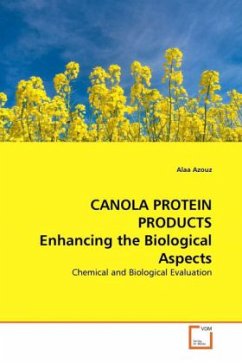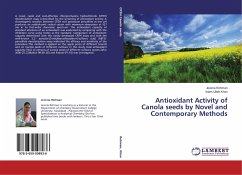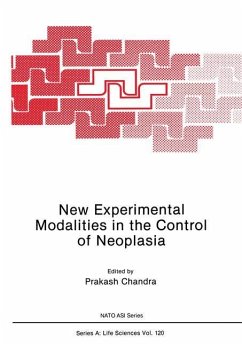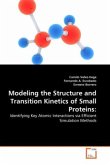Canola is produced not only for oil, but also for its meal, which is a good source of protein for both animal and human consumption. The meal remaining after oil extraction is high in protein as a result of accumulation during seed development of napine and crisiferin storage proteins and oleosin, a structural protein associated with the oil bodies. Amino acid composition in part dictates the protein quality- next to protein; carbohydrates are the .largest component of the meal. Compared to the polysa-ccharides, the soluble carbohydrates, monosaccharides and oligosa-ccharides are a relatively small component of the mature seed. Polysaccharides, which have been isolated and at least partially characterized, include amyloids, arabinans, arabinogalactans, pectin, starch and lignin.
Bitte wählen Sie Ihr Anliegen aus.
Rechnungen
Retourenschein anfordern
Bestellstatus
Storno








